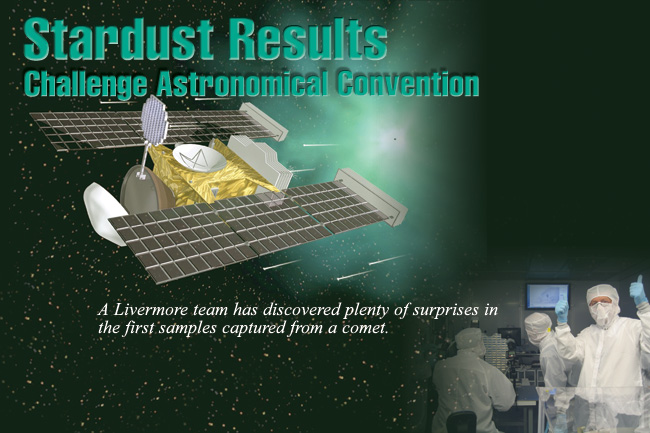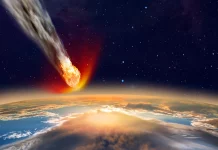There may be itsy-bitsy aliens among us. Scientists discover first interstellar grains in the material collected by Stardust!
If confirmed, this would be the world’s first sampling of contemporary interstellar dust.
These dust particles have surprisingly diverse mineral content and structure as compared with models of interstellar dust based on previous astronomical observations. Some are fluffy like snowflakes.

NASA’s Stardust spacecraft has been collecting cosmic dust: Aerogel tiles and aluminum foil sat for nearly 200 days in the interstellar dust stream before returning to Earth. Citizen scientists identified most of the 71 tracks where particles were caught in the aerogel, and scanning electron microscopy revealed 25 craterlike features where particles punched through the foil.
According to the new interstellar grains, Westphal et al. reports:
Seven particles captured by the Stardust Interstellar Dust Collector and returned to Earth for laboratory analysis have features consistent with an origin in the contemporary interstellar dust stream. More than 50 spacecraft debris particles were also identified. The interstellar dust candidates are readily distinguished from debris impacts on the basis of elemental composition and/or impact trajectory. The seven candidate interstellar particles are diverse in elemental composition, crystal structure, and size. The presence of crystalline grains and multiple iron-bearing phases, including sulfide, in some particles indicates that individual interstellar particles diverge from any one representative model of interstellar dust inferred from astronomical observations and theory.
Well these seven interstellar grains for Stardust would be one of the biggest discoveries in the last two decades in cosmochemistry. Amazing!












